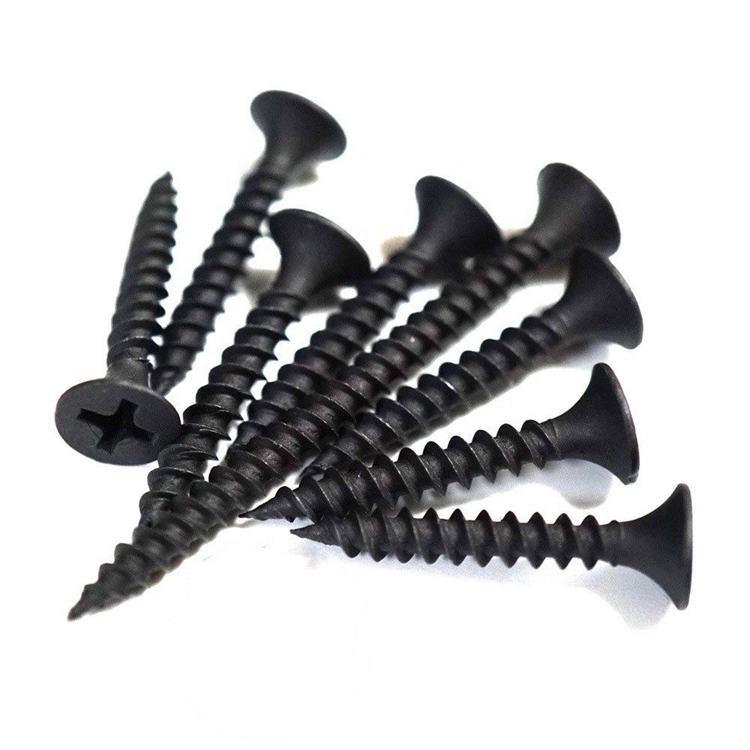hex head stud bolt
Nov . 05, 2024 05:58 Back to list
hex head stud bolt
Understanding the Hex Head Stud Bolt A Key Element in Mechanical Fastening
In the realm of mechanical engineering and construction, the importance of reliable fasteners cannot be overstated. Among these, the hex head stud bolt plays a crucial role in providing strength and stability to various assemblies. This article delves into the design, applications, and advantages of hex head stud bolts, shedding light on why they are favored in numerous industries.
A hex head stud bolt features a hexagonal head, enabling it to be easily tightened or loosened using a wrench or socket. Made from various materials such as carbon steel, stainless steel, or alloy steel, these bolts are designed to withstand considerable loads and stresses. The hexagonal shape is particularly beneficial as it allows for greater torque application than other head shapes, thereby ensuring that the bolt can be securely fastened. This capability is paramount in applications where safety and integrity are critical—such as in bridges, buildings, and machinery.
The design of the hex head stud bolt consists of a threaded shaft, which is partially or fully threaded depending on the specific application
. The threaded portion allows for secure attachment to a corresponding nut or tapped hole, making it an essential component in bolted joints. Interestingly, the length of the bolt can vary significantly based on the requirements of the project, making it a versatile choice for engineers and builders.hex head stud bolt

One of the significant advantages of using hex head stud bolts is their high tensile strength. They can bear heavy loads without deformation, making them suitable for heavy-duty applications, including automotive, construction, and industrial machinery. Moreover, they provide excellent resistance to shear and pull-out forces, ensuring the integrity of the structures they secure.
Installation and maintenance of hex head stud bolts are often straightforward. They can be easily replaced or adjusted without the need for specialized tools, which promotes efficiency in both assembly and disassembly. Regular checks and maintenance can ensure that these fasteners remain secure and effective over time, which is crucial in industries where safety is a priority.
Additionally, with advancements in materials science, modern hex head stud bolts can be treated or coated to enhance their corrosion resistance. This is particularly vital in environments exposed to moisture and chemicals, where traditional fasteners may fail. Options such as galvanization or the application of specialized coatings help extend the lifespan of these critical components, reducing maintenance costs.
In conclusion, the hex head stud bolt is a vital element in the realm of fasteners, providing essential support in various mechanical systems. Its unique design, coupled with material versatility and strength, make it an outstanding choice for numerous applications across many industries. As we continue to seek innovations in engineering and construction, the hex head stud bolt remains a steadfast component that champions reliability and safety in our built environment. Whether you're constructing a high-rise building, assembling machinery, or engaging in DIY projects, understanding and utilizing this fastener can greatly enhance strength and durability.
Latest news
-
High-Quality Panel Stud Bolt Reliable Panel Stud Bolt Factory & Suppliers
NewsJul.08,2025
-
High-Precision Fine Thread Locknuts Manufacturer & Supplier Custom Solutions
NewsJul.08,2025
-
PH Imperial Stud Bolt – High Strength Fasteners from Leading Supplier & Factory
NewsJul.07,2025
-
High-Quality Allen Wrench Bolts Leading Factory, Company & Suppliers
NewsJul.07,2025
-
Wholesale Ball Stud Bolt - High Quality Supplier & Factory Price Reliable Wholesale Ball Stud Bolt Company
NewsJul.06,2025
-
High-Strength Alloy Bolts Manufacturer & Supplier Quality Alloy Fasteners Factory
NewsJul.06,2025
